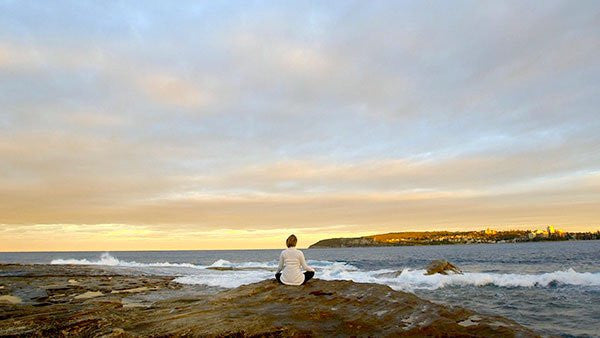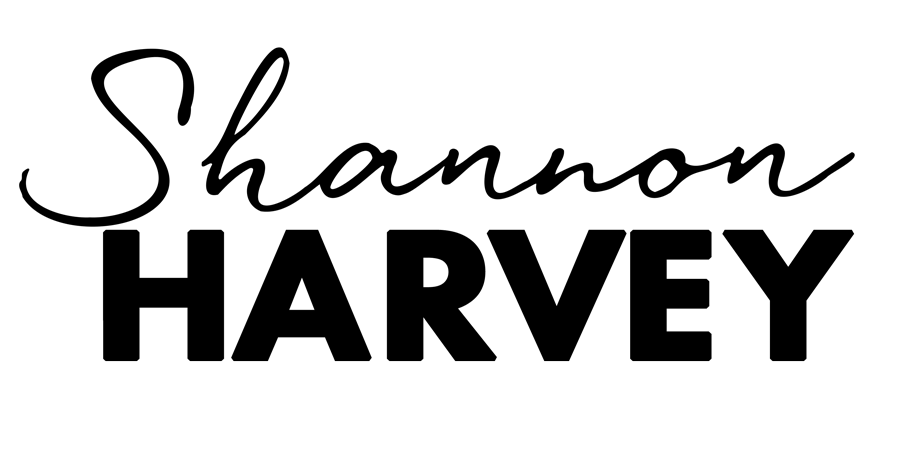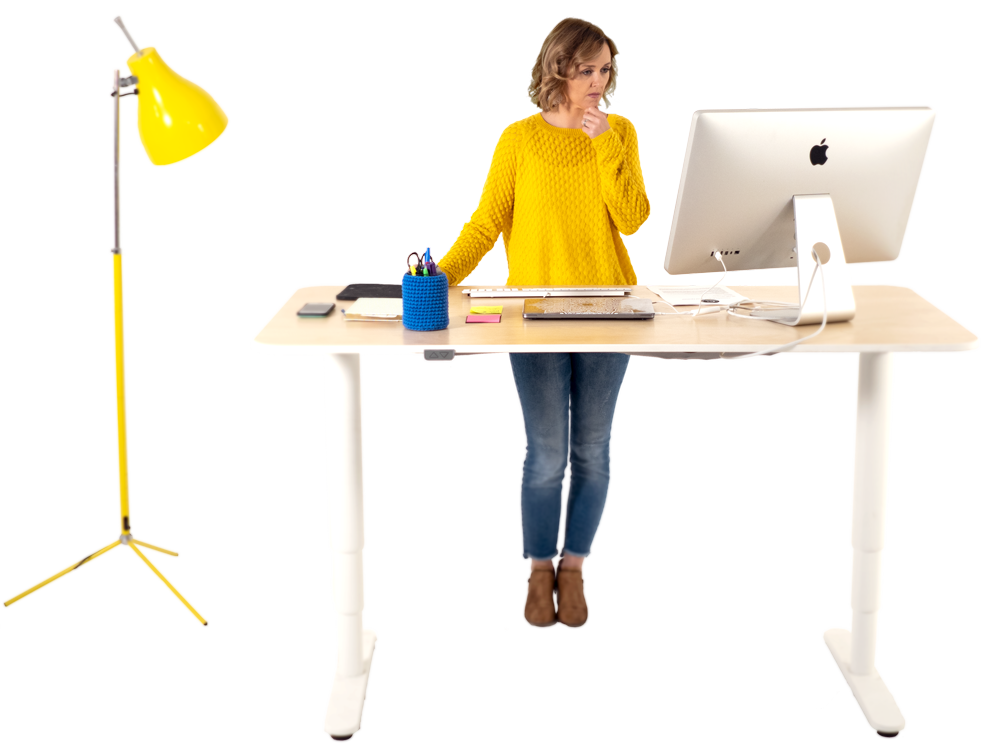
I was diagnosed with an autoimmune disease when I was 24 years old. Although my doctors meant the best for me, they couldn’t offer me a cause or a cure. After traveling the world and meeting some of the leading experts in mind body medicine, I realized that in order to change my health, I needed to change my mind.
Here are 6 things that I did to change my mind and change my health:
1. I Started Practicing Yoga
I was jogging about four times a week and doing weights training twice a week when I first got sick but the onset of the autoimmune disease left me in chronic pain. My body was inflamed with arthritis. I was popping painkillers like candy to get through my workday. But because I didn’t look sick, people around me didn’t realize how unwell I felt. A few months after my diagnosis, I remember crossing the road and having to walk very slowly because I was in agony. The driver of a car having to wait for me at the crossing honked me. I can still remember the flood of helplessness surging through me. I went back to my office and burst into tears.
The medication that the doctors prescribed me also caused weight gain but I was in chronic pain and felt too sick to exercise. My self-esteem plummeted and the worse I felt… the worse I felt. It was a vicious cycle. And I had to break it.
Scientists have begun to investigate the therapeutic potential of yoga and it’s all pointing in one direction – that yoga helps blood pressure, respiratory function, metabolic rate and many other bodily functions.
Yoga was something I felt I could handle. At first I went to gentle Hatha yoga classes and very slowly things started improving. These days I prefer a more vigorous Vinyassa flow style of yoga as it prepares my body for meditation, but there are some days that I just hold one pose for five minutes because that’s all I feel like I can manage.
2. I Learned To Balance My Emotions
I’m the kind of person who likes to help other people. I treasure my relationships and would do almost anything for the people I love. But I realized that some of these relationships were bad for my health. I was taking on the emotional problems of others. I would lie in bed at night worrying about someone else’s behaviors. I would invest my heart and soul into things I couldn’t change. And it was destroying my body. So I got professional help. I saw a psychologist and started learning to re-frame my thinking and understand my own emotional responses.
The link between emotions and health is now being studied at universities all over the world. We know happy people live up to ten years longer than unhappy people. If you’re optimistic you have about half the risk of getting heart disease than if you’re more pessimistic.
In one landmark study of two thousand middle aged men who worked at the Western Electric Company in the 1950s, those who had been emotionally depressed at the start of the study were twice as likely to have died from cancer twenty years later.
Findings like this are demonstrated in thousands of studies, published in peer reviewed academic journals.
3. I Moved Back To My Home City
At the time I got sick I was working in a different city to where my family and friends lived. While I made an effort to make new friends, the demands of my work meant that I was often too tired or too busy to get out. I felt isolated.
I’ve now come across countless studies linking social isolation to poor health and indicating that people who feel lonely or isolated are more likely to get sick or die prematurely.
One of the most compelling studies was on a US town called Roseto, which was an anomaly in America in the 1960’s because no one under 55 had died of a heart attack, or showed any signs of heart disease. The local death rate for men over 65 was half the national average.
A team of researchers, led by Dr Stewart Wolf studied the town and realized that even though most people in the town smoked, drank alcohol and ate rich Italian food, they still held onto the Old World ways. It was normal to find three generations under the same roof. 80% of men in the town were members of at least one community group.
The researchers concluded that Rosetans were nourished by each other.By the 1980’s, when the multi-generational homes had broken up, the rate of fatal heart attacks in Roseto was the same as the rest of the country.
4. I Started Learning To Be 'In The Present'
A major component of living my busy life where I was building a career and running around trying to fix everyone else’s problems was a constant sense of rushing. I was always thinking of the next thing I had to do or ruminating over an exchange that had happened that day, that week or even years in the past. Rarely was I just there.
In a major Harvard study on mental well being, people spend nearly half their time (46.7%) thinking about something other than what they are actually doing.
Living in the present is a major component of the mindfulness movement. People are practicing being aware of the sounds around them, the sensations of touch, the taste and smell or the food they eat. In fact one of the first exercises people do on the Mindfulness Based Stress Reduction course, which was developed by Dr. Jon Kabat-Zinn, is take 5 minutes to eat a raisin. While this may sound like airy-fairy-hippie-nonsense, there’s now science to back up what is happening in our brain when we do this.
I interviewed Sara Lazar from Harvard Medical School for The Connection. The research that she and her colleagues have conducted indicates that people who have been mindfulness meditators for a number of decades have structural features in their brains that are proportional to their number of hours of practice. Their research has also shown that the structural changes in parts of the brain that are related to our stress response start to change after just 8 weeks of mindfulness practice.
5. I Changed My Stressful Work
At the time I got sick I was working as a news journalist on hourly deadlines. I didn’t realize it at the time, but I was constantly stressed.
The human stress response has evolved to be a good thing. As Dr. Craig Hassed from Monash University told me during our interview for The Connection “This is a major physiological, neurological, immunological, metabolic change in our system. And it’s designed to help us to adapt to a clearly perceived present moment threat in the environment. And it’s the kind of thing that’s there to save our life, not make us sick.”
But stress was making me make sick. My brain was telling my body that I was in danger. My body was focused on ‘keeping me out of danger’ and didn’t have time to get on with it’s normal every day functions like digesting food properly. My immune system became hyperactive and the result was an autoimmune disease.
Over a number of years I came to the realization that my job was bad for my health. I worked up the courage to change my career. I started a little production company so I could work on my own terms and not have to deliver to a daily deadline.
Starting my own small business came with it’s own set of stressors, but the change was about gaining a level of autonomy in my life. There was still stress, but I felt differently about the stress because I had chosen it.
6. I Started Meditating Regularly
Autoimmune disease runs in my family. My Dad has psoriatic arthritis; my grandmother was told she had Lupus when she was in her early 30s. The doctors I saw would explain my illness by telling me ‘it’s genetic.’ This left me feeling like my illness was inevitable.
But one of the significant moments in my healing journey was traveling to Boston and interviewing Dr. Herbert Benson. His ground breaking body of work has led him to be considered by some people as the father of modern mind body medicine. He discovered the Relaxation Response in the 1970s – a physiological response opposite to the stress response that can be triggered by a focused awareness exercise such as mediation. His cutting edge research continues to this day including a recent study that shows that a simple 8-week mediation program can help to switch off genes affecting disease. What was more staggering about his findings was that the gene expression changes start happening the very first time we evoke the Relaxation Response. The more we do it, the more anchored the changes.
I also interviewed Dr. Dean Ornish from the Preventative Medicine Research Institute who has shown that his lifestyle program which includes regular meditation has the potential to reverse ageing on a cellular level by making our telomeres longer.
To paraphrase Dr. Craig Hassed, it’s staggering to think that we could be sitting in a chair practicing a simple meditation and at the same time be conducting genetic engineering. Needless to say, meditation is something I practice regularly now.
Conclusion
These 6 things did not integrate into my life overnight. They occurred over a number years. They weren’t easy - especially the career change and the emotional work. And they came with consequences, such as baffling people who thought I was on a certain career trajectory or having to back away from significant relationships. Integrating a regular yoga practice and a regular mediation practice was also a challenge with life’s daily distractions and commitments proving obstacles. But I am happy to say that these days I’m really well. I don’t need medication and I rarely have ‘flare ups.’ Some days I can barely find the time to meditate for five minutes and I have rough patches where things get really busy, or I’m hit with an emotional challenge. But the rough patches are fewer and further-in-between and when they come, they don’t knock me for six like they used to.
There is one thing I’m certain of, without these six elements, I would still be suffering the daily debilitating symptoms of an autoimmune disease. I would still have days where my energy was so low I couldn’t get out of bed. I would still be feeling beaten down and helpless. The doctors were never going to cure me with drugs. The healing had to happen from within.





 My Year of Living Mindfully (DVD)
My Year of Living Mindfully (DVD) The Connection (DOWNLOAD-TO-OWN)
The Connection (DOWNLOAD-TO-OWN) My Year Of Living Mindfully - Book
My Year Of Living Mindfully - Book




